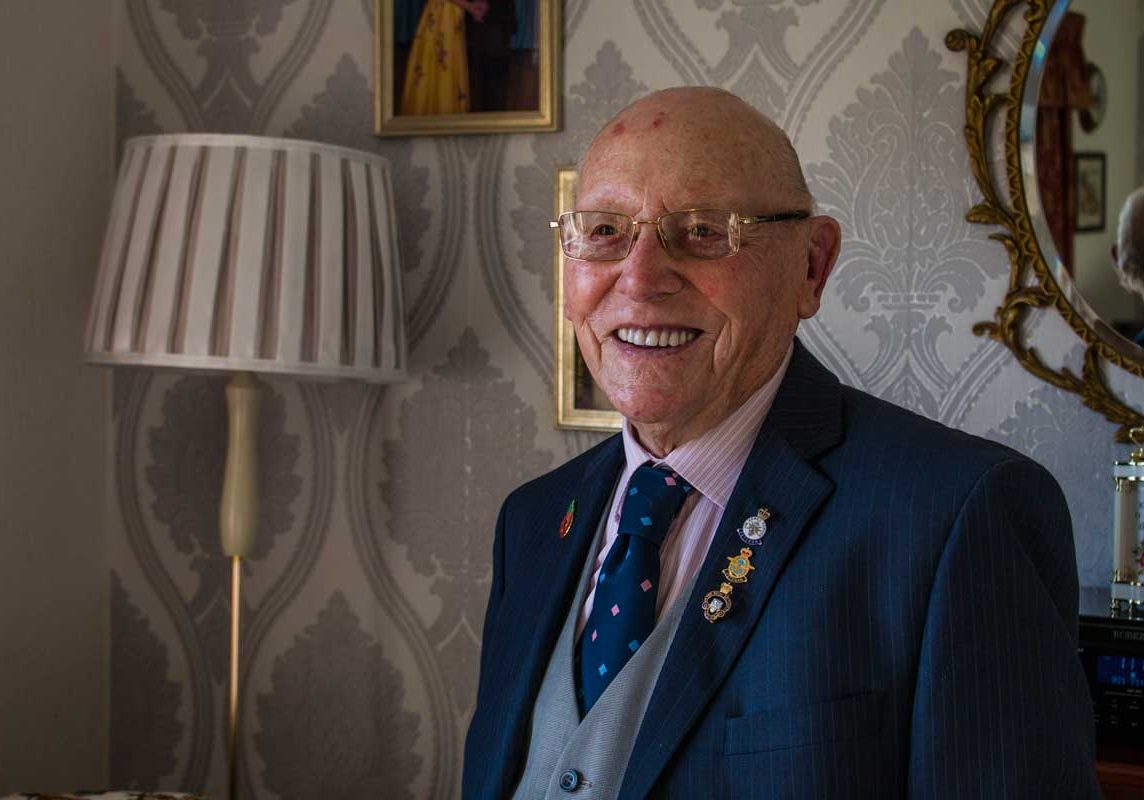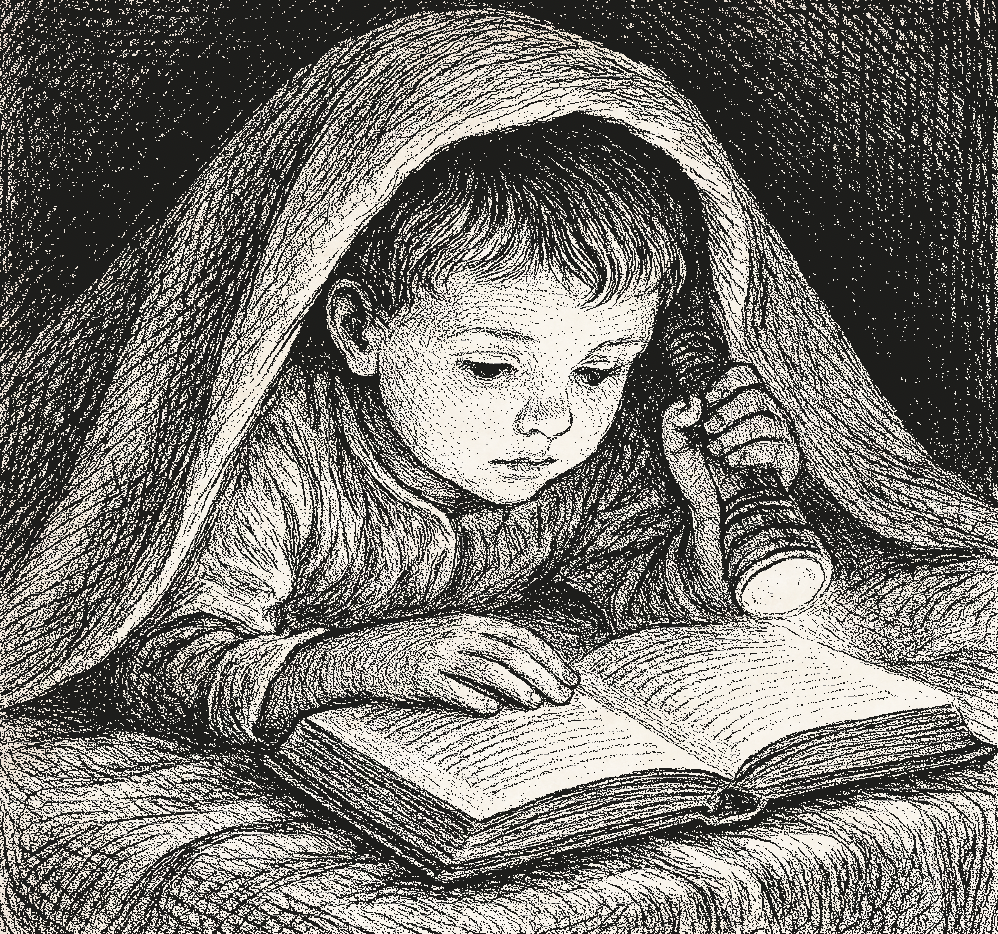
My war in the RAF | Roy Hardacre
by Northern Life
By Roy Hardacre (AC/2, 972671), Fence
On September 3rd 1939, war was declared between Great Britain and Germany. In late October, early November, the RAF announced that volunteers of good standard would be allowed to join the RAF. My local paper, the Nelson Leader, carried this story in their Friday edition.
It said anyone wishing to volunteer should report to Blackburn office for a medical review and also for an interview with an officer.
Fortunately I was accepted. On November 14th a railway warrant was sent to me, to proceed to Padgate, near Warrington, to a training camp, for which I would be there for a period of four weeks.
I was sworn into the RAF on Wednesday 15th November 1939. I believe I was one of the first batches of volunteers so I became A/C 972671 Second Class. I was put on general duties and given a First World War uniform, which then was the oldfashioned dog collar type, not what I expected at all.
After our four weeks training about six of us were given rail warrants and dispatched to Number Three Balloon Command Headquarters in Stanmore Park, Edgware, Middlesex, making our own way there in mid-December.
We did manage to find the camp in Middlesex, I remember. It had large ornate gates, with four army soldiers on guard. They then contacted headquarters by a field telephone. A large officer named Butler came and shouted, at the top of his voice, in a strong Birmingham accent: “Who are you?” We replied rather sheepishly: “We were posted here sir by the RAF. His reply was ‘Not in them damn uniforms you weren’t.’ He then turned around and went back to his headquarters, leaving us quite numbed by the greeting we had received.
A corporal arrived to let us in. Running behind him to the clothes store, we were told to strip off and lo and behold, we were kitted out in the official RAF uniforms, with ties etc. We were then marched back to headquarters and interviewed by WO Butler (affectionately known as Brummy Butler) and later by a commanding officer named Group Captain Ball.
We had the feeling nobody knew what to do with us, so on December 23rd we were sent home for Christmas for seven days. It was the first time home for us for about six weeks. We were in official RAF uniforms, and it felt good.
- Roy in 1923
- As a young man in 1937
- Roy in 1939
On my return to camp, after Christmas, they still didn’t know what to do with us at all. We were all given general duties to do, like filling bags with coke and delivering them to huts and stores offices etc to use on the cast iron stoves that were used to heat the buildings, which were mostly wooden.
Then came Dunkirk, May 23rd 1940, and the whole platoon was called on parade and told that the army was no longer able to guard the RAF camps, and from that particular moment, we became ground gunners. Four machine gun points would be erected around Number Three Balloon Headquarters. We would have to go on a course for one week to learn the aspects of a Lewis gun, which was a First World War weapon. Four men would be allocated to each gun post 24 hours a day.
Then at the end of November, we were told that an RAF regiment was being formed and we were to become members, and we would each be given a rank. I was at this time an LAC (Leading Aircraftman), but we would not be able to carry this rank forward. Also, as we had joined the RAF and not the Army, we could choose any trade we wanted, and be sent on a course to learn it thoroughly. My colleague Alan Greenwood and I chose Motor Transport, and the training was to be done at Weeton Barracks near Blackpool, which also meant I would be near my home town of Nelson for at least four weeks, so I was happy with that.
Sadly Alan Greenwood passed away. Another of my pals, Andrew Murray from Falkirk in Scotland, chose to be an air gunner. I couldn’t see him getting through, even though we were great pals. ‘Soapy’ Hudson, another of my pals in those days, I lost touch with, which for me was very sad, as they were very hard times to get through. Sometimes I wonder how on earth I made it through those terrible times.
If anyone does remember these times, I would really love to hear from anyone who can connect me, to any of my lost pals.
I was born in Brierfield, Nelson, in 1921 and was 95 last May. I served six years eight months in the RAF and posted in England, Wales, Northern Ireland, Nigeria West Africa and Egypt, serving with 51MT (Motor Transport) Company driving 10-ton Macks (known as the Pickfords of the RAF) delivering goods to Palestine, Egypt, Nile Delta and especially crossing the Sinai Desert.
This year I had the honour of representing 51MT Squadron, which of course used to be my old company. I was invited to attend the Queen’s Royal Garden Party at Buckingham Palace.
I felt very honoured to do this on behalf of my old company, and also very lucky to be alive and well, and to be recognised in a world that is troubled, with so much pain, and to leave a legacy for our young people that we can be proud of, knowing we did not fight for anything other than peace. God Bless you all.








